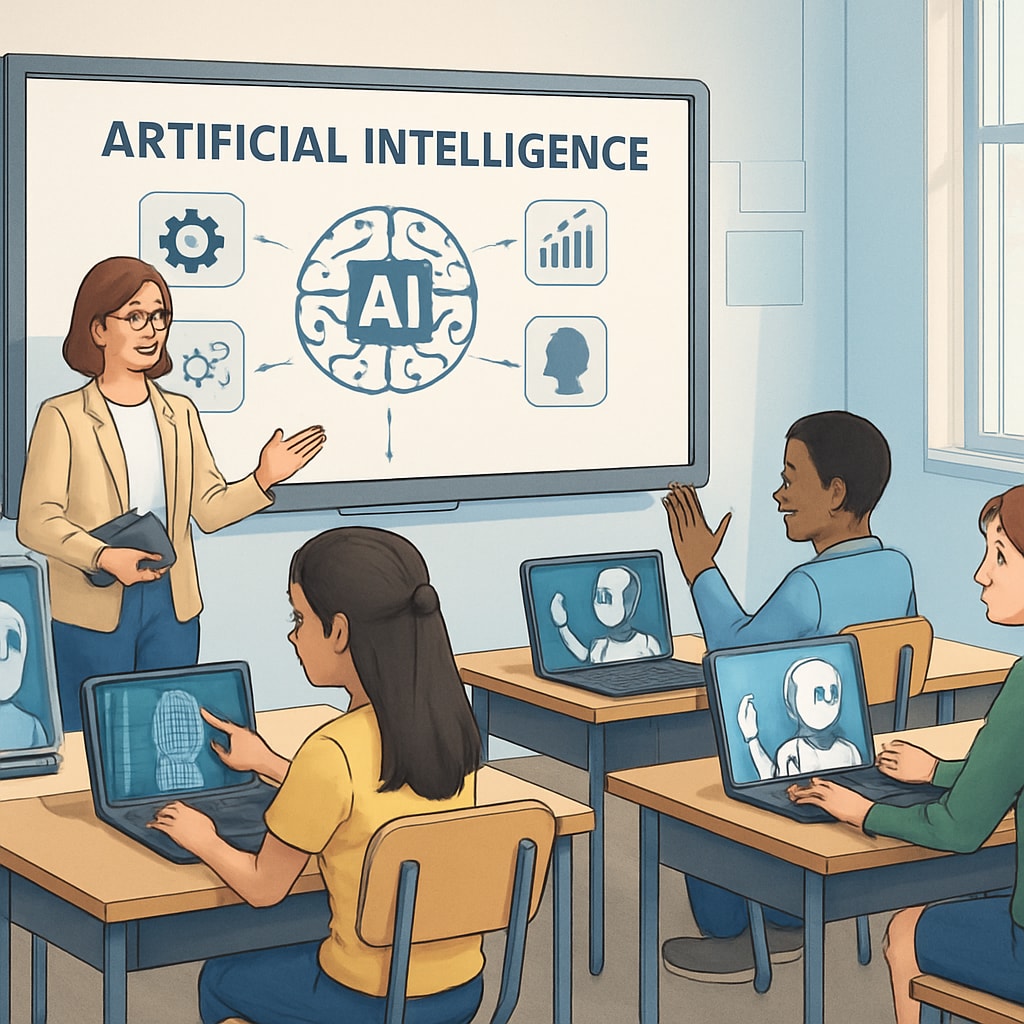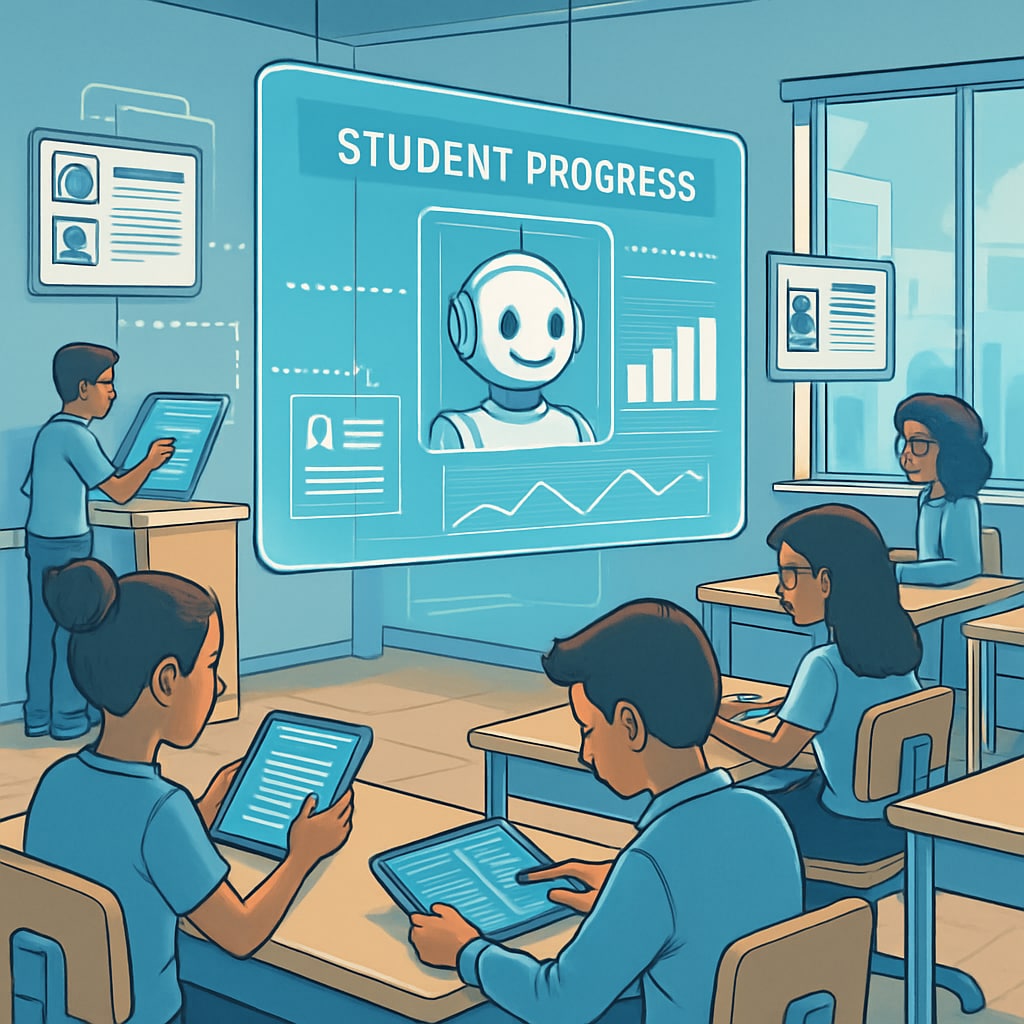The rise of artificial intelligence (AI) is revolutionizing industries, including education. However, traditional competitive exams and talent selection processes often fail to address the complexity of modern skill requirements. As AI reshapes the workforce, education systems must evolve to unlock students’ true potential through innovative and diverse evaluation methods.
The Limitations of Competitive Exams in the AI Era
Competitive exams have long been the cornerstone of talent selection in education systems worldwide. These standardized tests prioritize rote memorization and uniformity, often overlooking critical skills such as creativity, emotional intelligence, and adaptability—qualities increasingly valued in the AI-driven world. For example, AI tools like ChatGPT can now outperform humans in certain cognitive tasks, highlighting the mismatch between test-based evaluation and real-world capabilities.
Moreover, competitive exams can perpetuate inequality. Students from privileged backgrounds often have access to better preparation resources, skewing outcomes and undermining the fairness of the process. As AI democratizes access to learning tools, the need for an equitable evaluation system becomes more pressing.

AI’s Potential to Enhance Talent Selection
Artificial intelligence offers transformative opportunities for education reform. AI-driven systems can analyze multifaceted aspects of students’ abilities, including problem-solving, collaboration, and creativity. For instance, adaptive learning platforms like Khan Academy tailor content to individual strengths and weaknesses, providing a more holistic picture of student potential.
Additionally, AI can assist in developing personalized assessments that move beyond standardized testing. Imagine a future where exams evaluate students through interactive simulations, real-world problem-solving scenarios, or collaborative projects, all tracked and analyzed by sophisticated algorithms. This shift could better align education with the demands of a rapidly changing global economy.

Reimagining the Evaluation System
To truly harness the benefits of AI, education systems must adopt a multi-dimensional approach to talent selection. The following strategies could serve as a foundation for reform:
- Project-Based Assessments: Encourage students to apply their knowledge to solve real-world problems, emphasizing creativity and critical thinking.
- Portfolio Evaluations: Instead of one-off exams, assess students through a compilation of their work, showcasing their growth and versatility.
- Collaborative Testing: Focus on teamwork and communication skills by incorporating group-based evaluations.
- AI-Assisted Analytics: Use AI to analyze patterns in student performance, offering insights into strengths and areas for improvement.
These methods can complement traditional exams while addressing their limitations, creating a more inclusive and accurate system for identifying talent.
The Role of Governments and Educational Institutions
Implementing these changes will require collaboration between governments, educators, and AI developers. Policymakers must prioritize funding for AI-driven education tools and teacher training programs. Meanwhile, institutions should experiment with hybrid models that incorporate AI into existing frameworks.
Several organizations have begun exploring these possibilities. For example, UNESCO is actively researching AI’s role in education reform, while initiatives like Finland’s Phenomenon-Based Learning program emphasize interdisciplinary, skills-focused education. These efforts demonstrate that change is not only possible but imminent.
As a result, governments and institutions worldwide must embrace proactive measures to ensure that education keeps pace with technological advancements.
In conclusion, the AI era demands an overhaul of competitive exams and talent selection systems. By integrating AI-driven tools and embracing diverse evaluation methods, education systems can unlock the true potential of students, preparing them for a future defined by innovation and adaptability.


